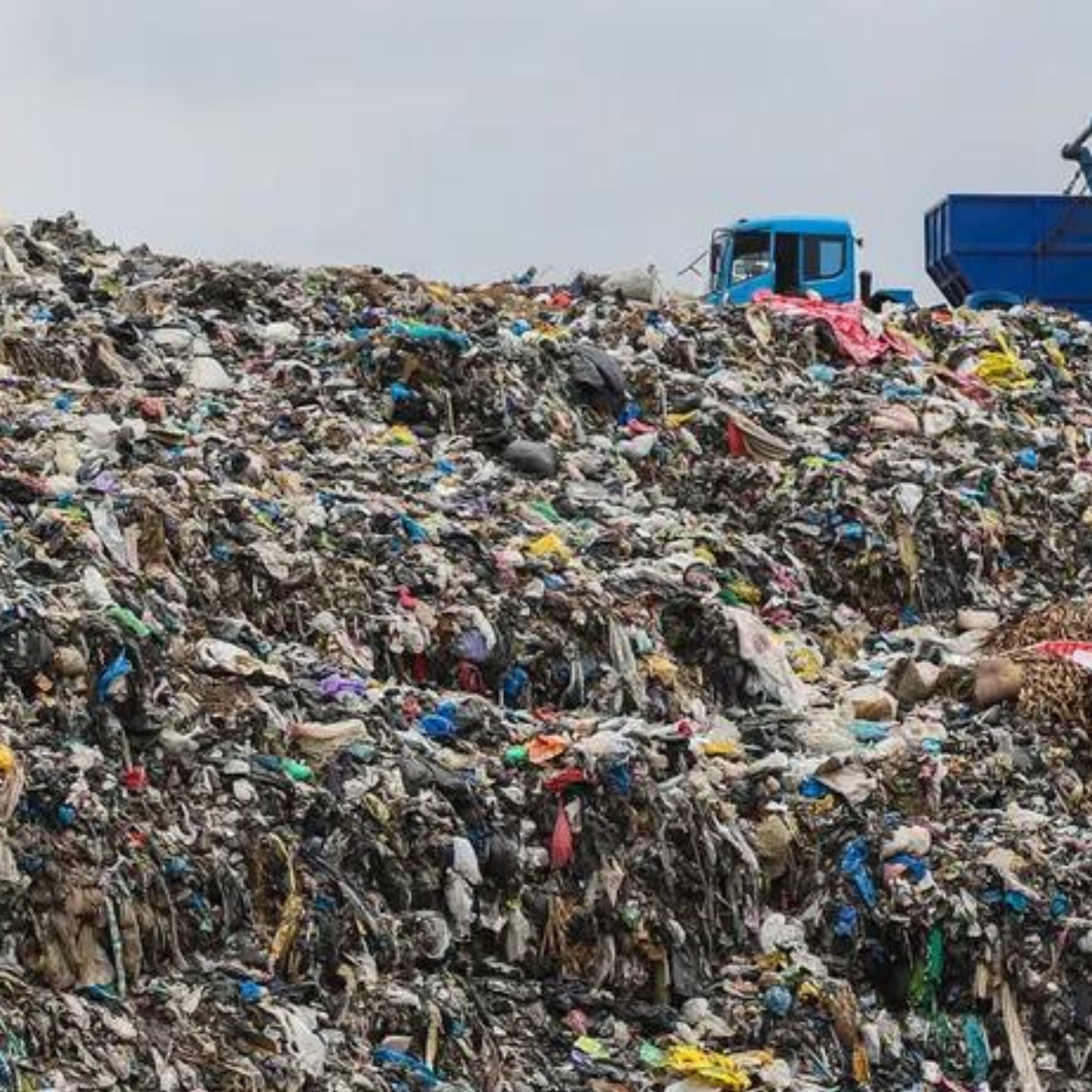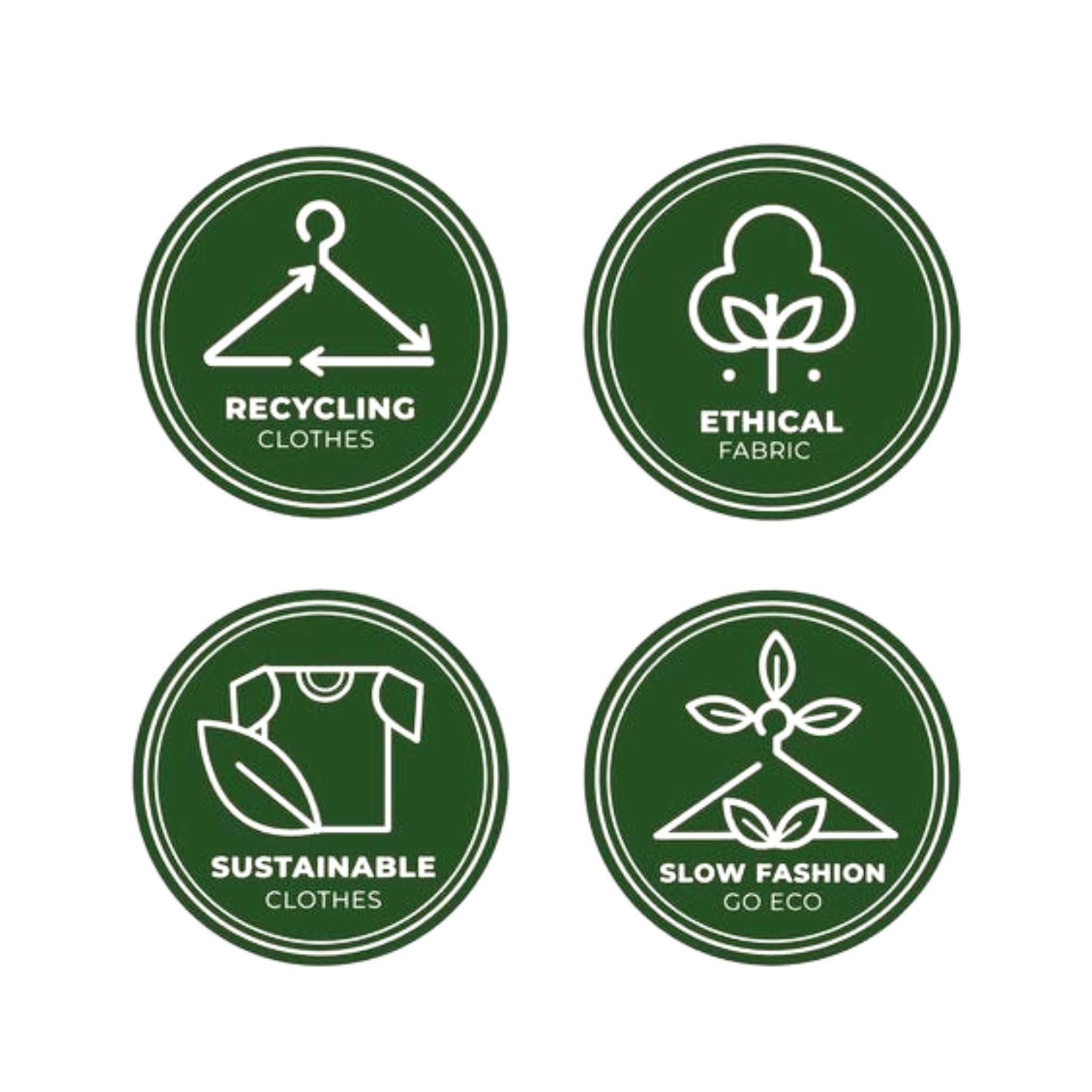In recent years, the term fast fashion has become increasingly prevalent in discussions surrounding environmental sustainability. But what exactly is fast fashion, and why is it causing such concern? In this blog post, we'll delve into the concept of fast fashion, explore its detrimental effects on the environment, and discuss the importance of opting for sustainable alternatives.
What is Fast Fashion and Why is it a Problem?
Fast fashion refers to the rapid production of inexpensive clothing that mimics the latest fashion trends. This model encourages consumers to purchase new items frequently, leading to a culture of disposable fashion. While fast fashion may seem appealing due to its affordability and accessibility, it comes with significant environmental costs.

Fast Fashion is Problematic for Several Reasons
High Environmental Footprint:
The production of fast fashion garments often involves intensive use of natural resources such as water, energy, and chemicals. Additionally, the transportation of materials and finished products contributes to carbon emissions and air pollution.

Waste Generation:
The fast fashion industry produces a staggering amount of waste, both during the manufacturing process and at the end of a garment's life. Many cheaply made garments end up in landfills, where they contribute to pollution and take years to decompose.

Ethical Concerns:
Fast fashion is often associated with poor working conditions and exploitation of labor in garment factories, particularly in developing countries. Workers may endure long hours, low wages, and unsafe working environments.
Why You Should Choose Sustainable Brands
In contrast to fast fashion, sustainable brands prioritise environmental and social responsibility throughout their supply chains. Here's why you should consider opting for sustainable fashion options:

Ethical Production Practices:
Sustainable brands prioritise fair labour practices and transparency, ensuring that workers are treated ethically and compensated fairly for their work.

Longevity and Quality:
Sustainable fashion tends to be of higher quality, meaning that garments are designed to last longer and withstand multiple wears and washes. Investing in durable clothing reduces the need for frequent replacements, ultimately reducing waste.

Supporting Innovation:
By supporting sustainable brands, you're contributing to the growth of the ethical fashion movement and encouraging industry-wide change towards more responsible practices.
In conclusion, the environmental impact of fast fashion is undeniable, but consumers have the power to drive change through their purchasing decisions. By opting for sustainable brands like Arctic Eco-Sno, you can align your fashion choices with your values and contribute to a more sustainable future for the planet.



